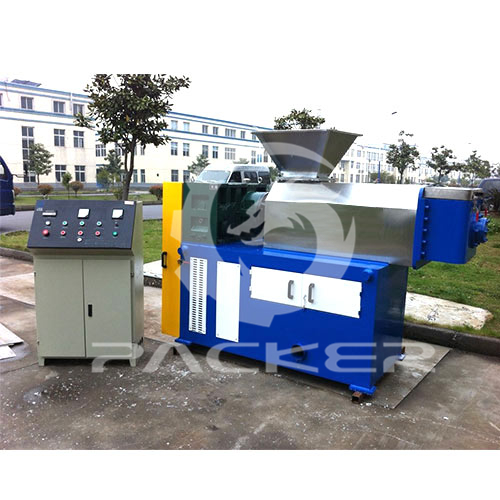 English
English Español
Español  Português
Português  русский
русский  Français
Français  日本語
日本語  Deutsch
Deutsch  tiếng Việt
tiếng Việt  Italiano
Italiano  Nederlands
Nederlands  ภาษาไทย
ภาษาไทย  Polski
Polski  한국어
한국어  Svenska
Svenska  magyar
magyar  Malay
Malay  বাংলা ভাষার
বাংলা ভাষার  Dansk
Dansk  Suomi
Suomi  हिन्दी
हिन्दी  Pilipino
Pilipino  Türkçe
Türkçe  Gaeilge
Gaeilge  العربية
العربية  Indonesia
Indonesia  Norsk
Norsk  تمل
تمل  český
český  ελληνικά
ελληνικά  український
український  Javanese
Javanese  فارسی
فارسی  தமிழ்
தமிழ்  తెలుగు
తెలుగు  नेपाली
नेपाली  Burmese
Burmese  български
български  ລາວ
ລາວ  Latine
Latine  Қазақша
Қазақша  Euskal
Euskal  Azərbaycan
Azərbaycan  Slovenský jazyk
Slovenský jazyk  Македонски
Македонски  Lietuvos
Lietuvos  Eesti Keel
Eesti Keel  Română
Română  Slovenski
Slovenski  मराठी
मराठी  Srpski језик
Srpski језик
What is the operating principle of the plastic dryer?
2023-08-19
What is the operating principle of the plastic dryer?

The operating principle of a plastic dryer involves the removal of moisture or residual water from plastic pellets, granules, or other plastic materials used in manufacturing processes. The presence of moisture in plastic materials can adversely affect the quality of the final product, leading to defects, reduced mechanical properties, and processing issues. Plastic dryers are used to ensure that plastic materials are properly dried before being processed further.
Here's how a typical plastic dryer operates and its key principles:
Heating and Airflow:
Plastic dryers use a combination of heat and controlled airflow to remove moisture from plastic materials.
The dryer typically consists of a hopper or chamber where the plastic materials are placed.
Moisture Removal:
Moisture removal is achieved through the process of evaporation.
Heated air is blown into the hopper or chamber, and it absorbs moisture from the plastic materials.
Air Circulation:
The heated air circulates through the plastic materials, picking up moisture and carrying it away.
Exhaust and Condensation:
The moisture-laden air is then directed out of the dryer through an exhaust system.
In some cases, the moisture-laden air may be cooled, causing the moisture to condense and be separated from the air.
Heating and Regeneration:
Some dryers use a heating element to generate the hot air, while others use desiccant materials that can be regenerated.
In desiccant dryers, the desiccant material absorbs moisture from the plastic materials. Once the desiccant becomes saturated, it needs to be regenerated by heating to remove the absorbed moisture.
Control and Monitoring:
Modern plastic dryers often feature advanced control systems that allow for precise temperature and airflow control.
Sensors and monitoring devices are used to measure the temperature and humidity levels in the dryer and the plastic material.
Benefits of a Plastic Dryer:
Quality Improvement: Properly drying plastic materials helps maintain their quality and mechanical properties during processing.
Reduced Defects: Removing moisture reduces the likelihood of defects like porosity, bubbles, and surface imperfections in the final products.
Enhanced Processing: Dry plastic materials flow more consistently and uniformly during extrusion, injection molding, or other processing methods.
Energy Efficiency: Efficient drying processes and temperature control contribute to energy-efficient operations.
Shorter Processing Times: Dried plastic materials require shorter processing times due to improved melt and flow characteristics.
Cost Savings: Reducing defects and processing issues leads to cost savings by minimizing material wastage and reprocessing.
In summary, a plastic dryer operates by using controlled heat and airflow to remove moisture from plastic materials. This helps improve the quality and processability of plastic materials in manufacturing, ultimately contributing to better end-products and efficient operations.




